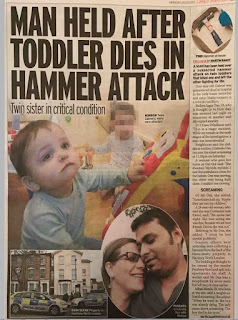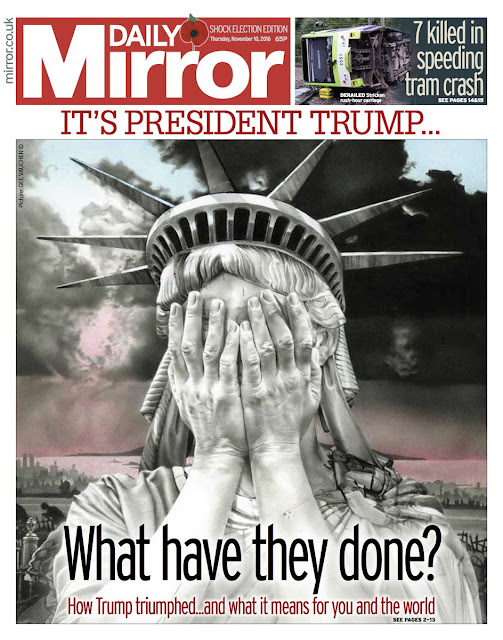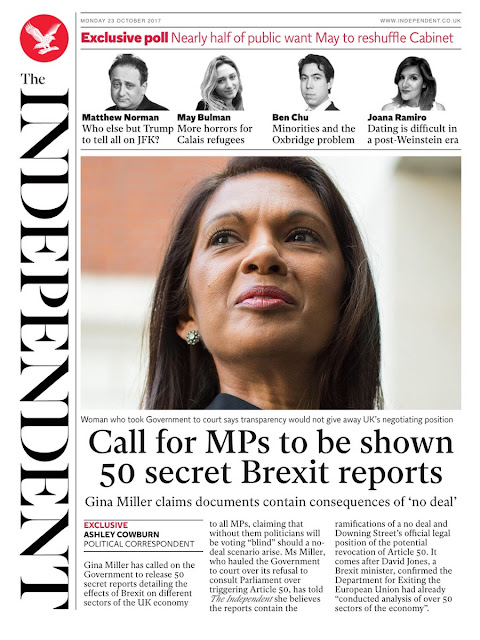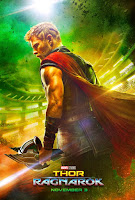DIfferent Perspectives

Why do producers use representation? To target an audience To present an ideology To make something otherwise normal more interesting To manipulate the audience In order to cultivate an ideology Entertainment value Narrative EXAMPLE QUESTIONS FOR COMPONENT 1 SECTION A: -In what ways can media products incorporate viewpoints and ideologies? -Explore how audiences can respond to and interpret the ideological perspectives of media products. PARAGRAPH STRUCTURE: - The point you are making, which links to question asked (specific, such as lexis or mise-en-scene) - The evidence , the media language that supports your point - The argument or deeper analysis of this point - A theoretical perspective which is used to confirm your point of view (not essential) <The word 'story' is used to refer to something that is 'newsworthy'> CASE STUDY - Finsbury Toddler Murder In these articles, we can see that the murder is represented di






